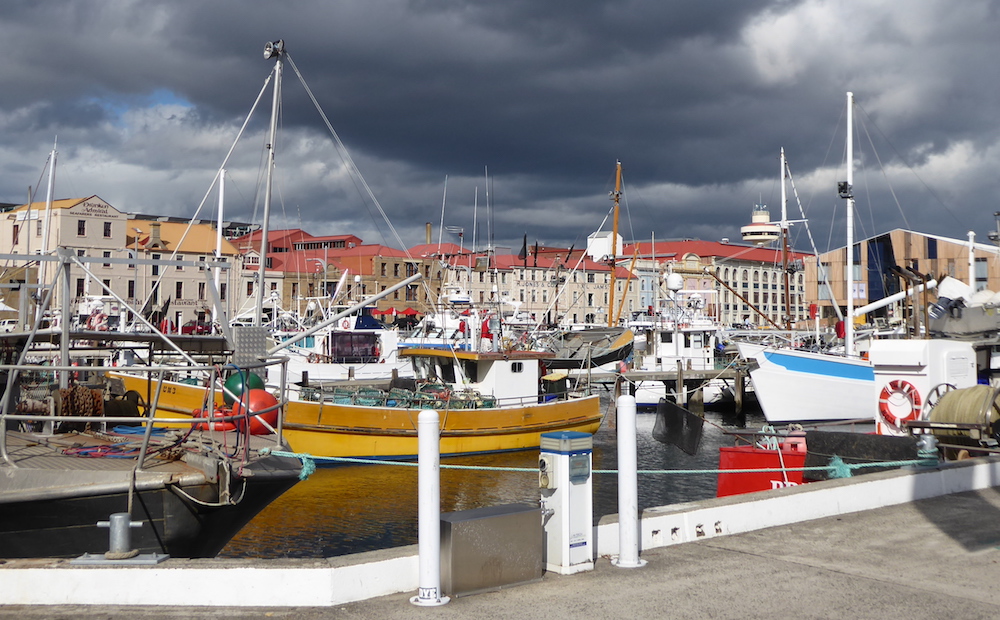Planning our Australian holiday, friends raised their eyebrows at our decision to go to Hobart in Tasmania rather than the Great Barrier Reef or Uluru.
But while Hobart may once have been a backwater, we were drawn by its foodie scene, craft beers and the notorious penal colony further down the coast at Port Arthur. Which is why we found ourselves flying bumpily out of Sydney on a Jetstar A321 towards the Tasmanian capital a few days before Christmas. Driving our hire car into town, I was won over by Tasmania’s landscape of rolling hills, green fields and forests of eucalypts.
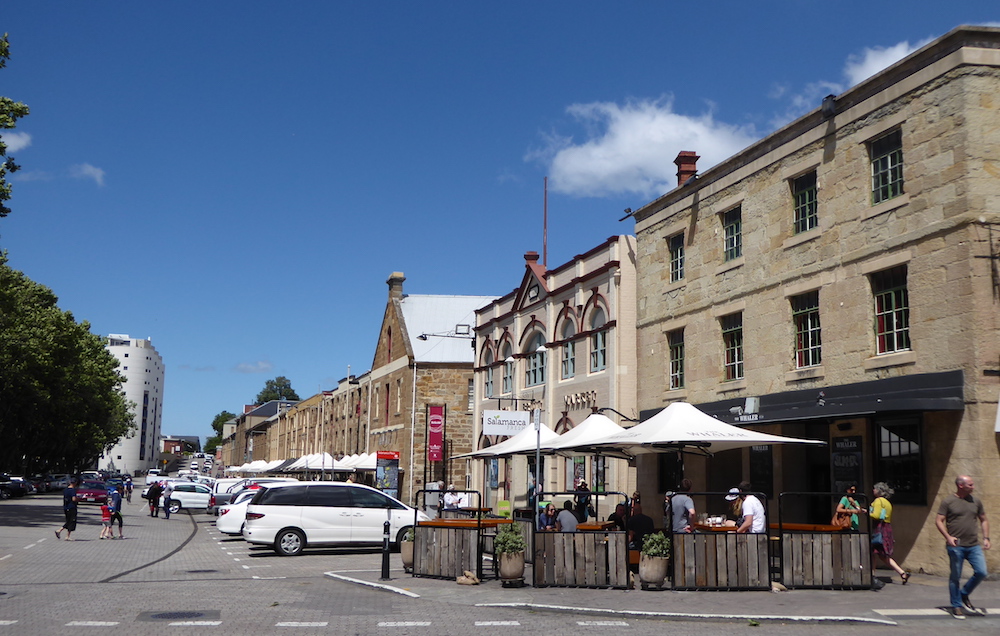
Our hotel, the Grand Chancellor, awaited us on the waterfront, a historic part of town that still bustles with fishing vessels and pleasure craft. Opposite the hotel, beyond the hateful and busy road that scars the district, the British had arrived in 1804 and changed the island forever. Handy information boards around the modern harbour tell the story.
After dropping our bags, we went for a walk and immersed ourselves in Hobart’s history. A steady wind blew and it was pleasantly cool after the heat of Sydney.
A little way along the front past Tasmania’s modest Parliament building, sturdy Victorian edifices and popular pubs we found Salamanca Place, its historic sandstone warehouses and cobbled streets. It was once the place where merchants stored goods and made deals. Now it boasts noisy bars and restaurants, fancy shops and an arts centre where some excellent pictures, glass, jewellery and other local crafts are displayed and sold. I was impressed by the quality and pleasantly surprised that Salamanca Place hadn’t become one of those awful souvenir dives full of crap made in China.
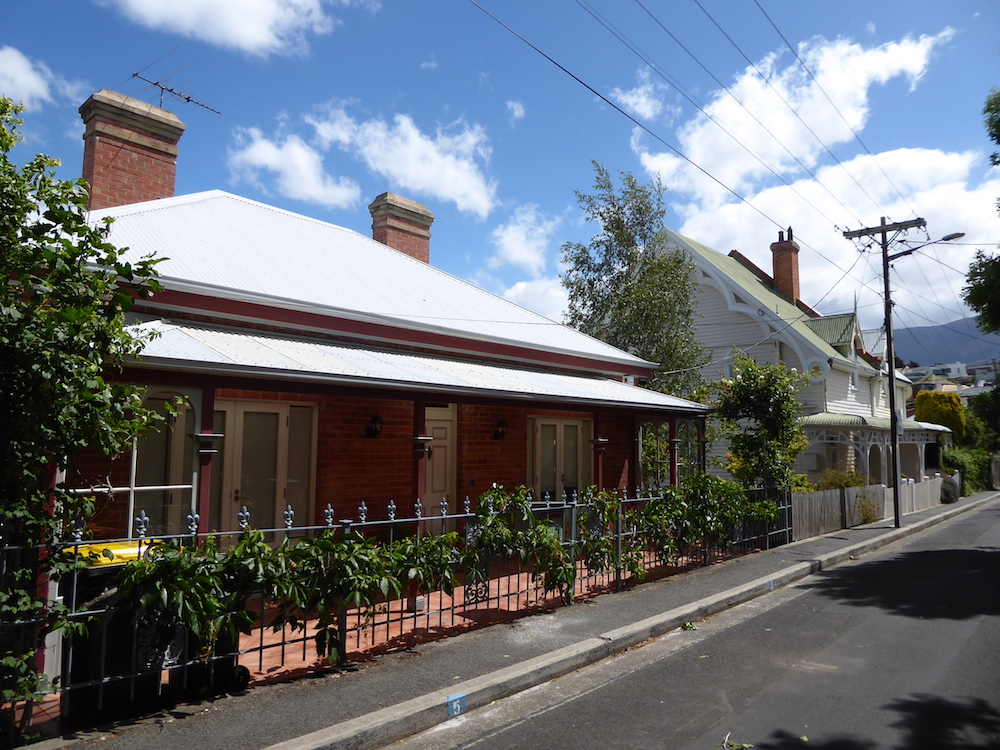
We climbed the Kelly Steps to Battery Point, an absolutely charming 19th century district of old fishermen’s cottages, grander mansions with verandahs, quiet lanes, antique shops, cafes and quaintness. It got its name from the gun battery that sat there early in the life of the colony. Hilly in places, the district has great views over the rest of the city and the Pacific.
Wandering up and down the streets, appreciating the peace, the architecture and the immaculately kept gardens, I felt relief that the area hadn’t succumbed to the horrors of Disneyfication.
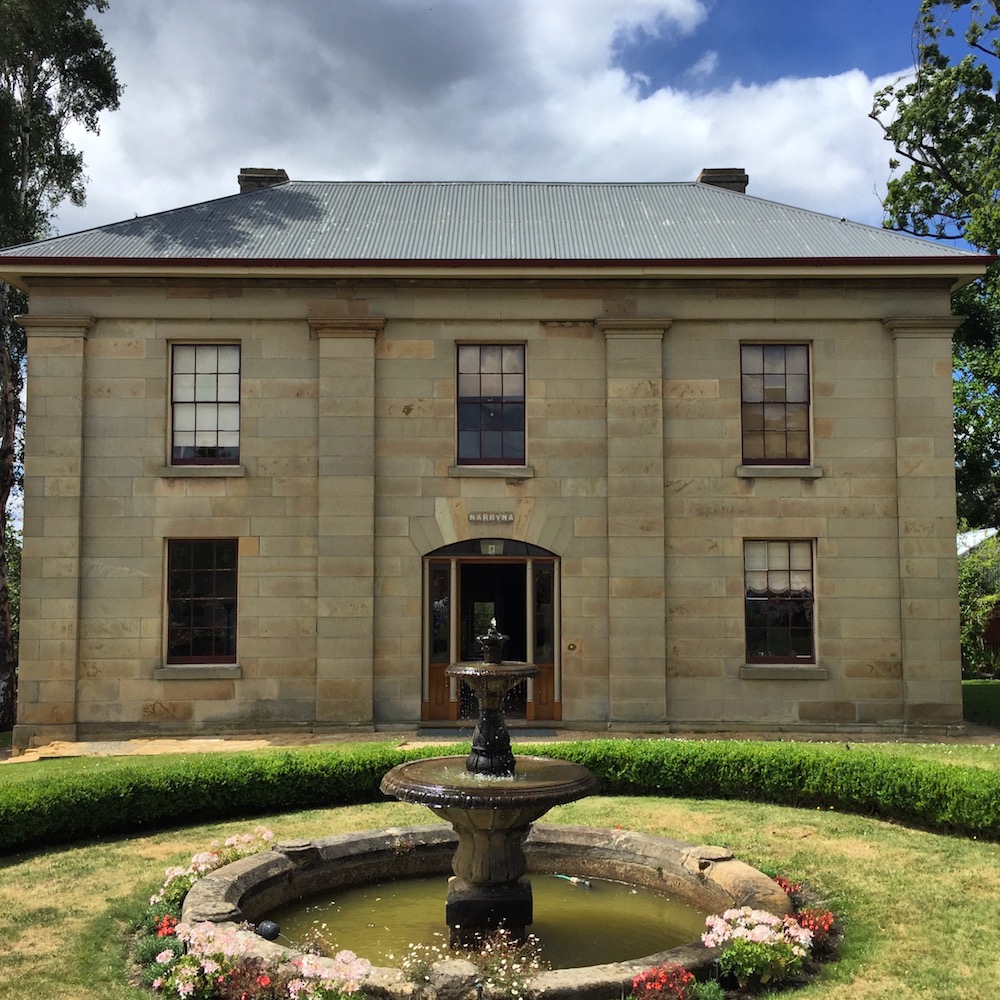
We stumbled upon Narryna purely by chance, and I’m glad we did. Part of the Tasmanian Museum and Art Gallery set-up, it’s a simple and elegant 1830s merchant’s house that was commissioned by Captain Andrew Haig. He was one of the businessmen who built warehouses at Salamanca Place, but he didn’t live long in the house because an economic crisis forced him to sell up.
We were the only visitors as we toured rooms decorated in the mid-19th century style, and the rather more modest servants’ quarters. There are only one or two items from Haig’s time on display but the house gave us an excellent insight into life in the early years of the colony, both for the rich and the convicts. It was a great find.
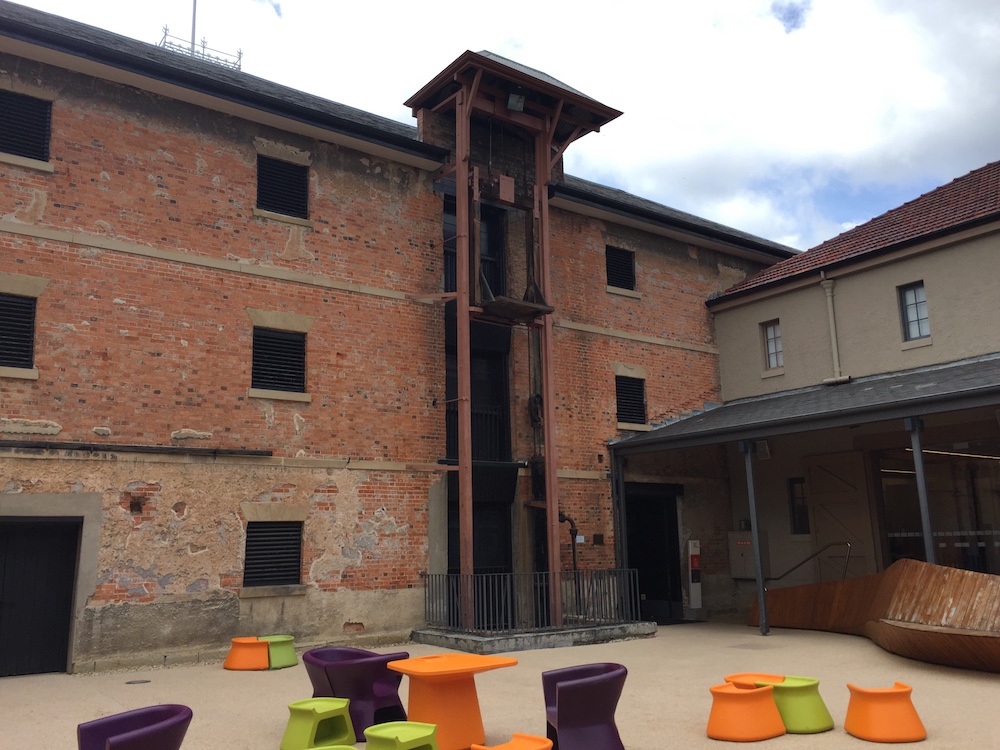
Later in our stay we visited the Tasmanian Museum, just over the road from our hotel. It was excellent too, especially the floors devoted to telling the story of colonisation, the horrors inflicted on the indigenous people and the thousands of convicts who passed through over the years. Genocide was committed on the island and wildlife devastated, making for a pretty miserable story.
After wandering around some of the other displays, we stopped at a special exhibition on the Tasmanian Devil. It was definitely thorough and it was depressing to read about the cancerous disease that is threatening to wipe them off the face of Australia.
At Narryna, the friendly staff member had recommended a nearby bar called Preachers so we stopped there for a couple of drinks and found a hipstery joint complete with an ancient bus in the garden and some great craft beers. The sun was shining and I knew then that I was going to enjoy Tasmania.
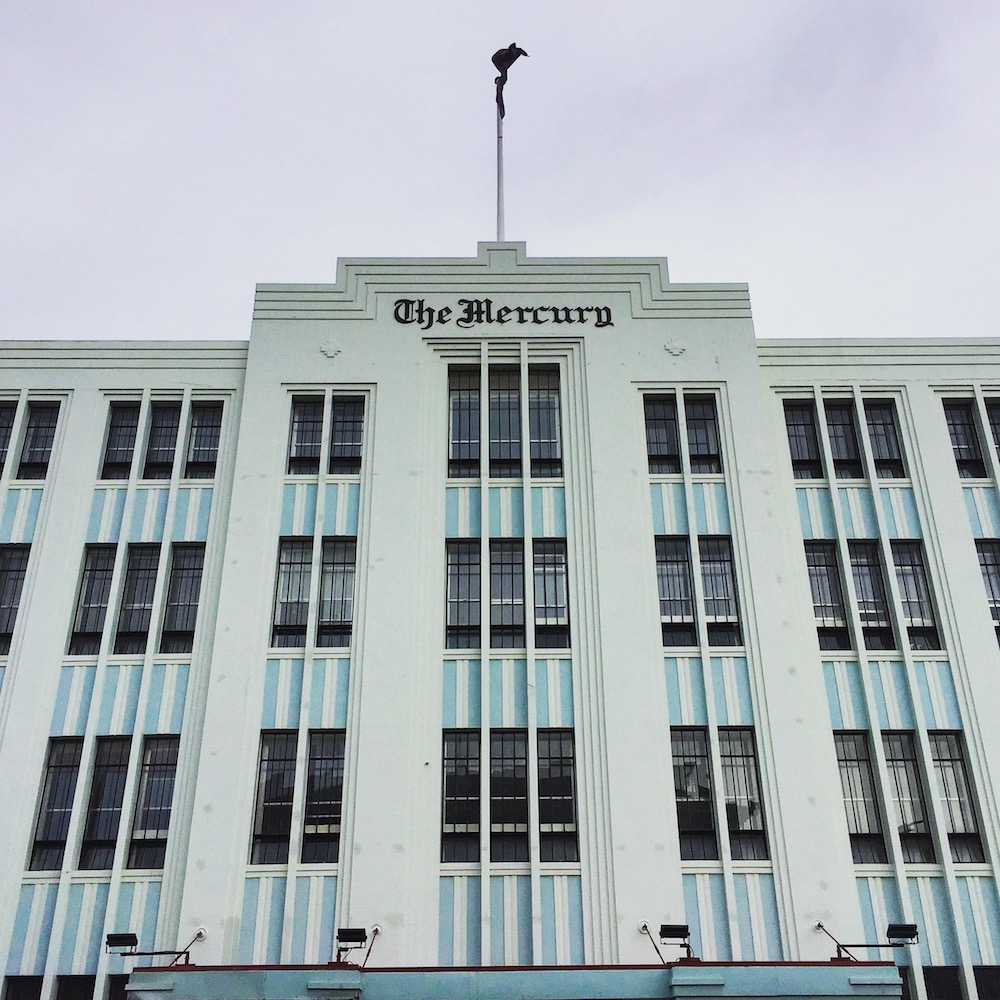
Not that it’s all glorious and funky. The city centre is a strange mix of handsome old buildings, post-war monstrosities and crappy pedestrianised shopping streets. The city hospital is a real carbuncle but there are also some fantastic Art Deco buildings scattered about, just as in Sydney.
We ate at a Hobart favourite, the Drunken Admiral. Housed in one of the old harbour-front warehouses, it’s a bit themey and full of clobber but the bucket of prawns I had was excellent. The service, however, was very spotty so I needed the few drinks back at Salamanca Place at a pub called The Whale…

